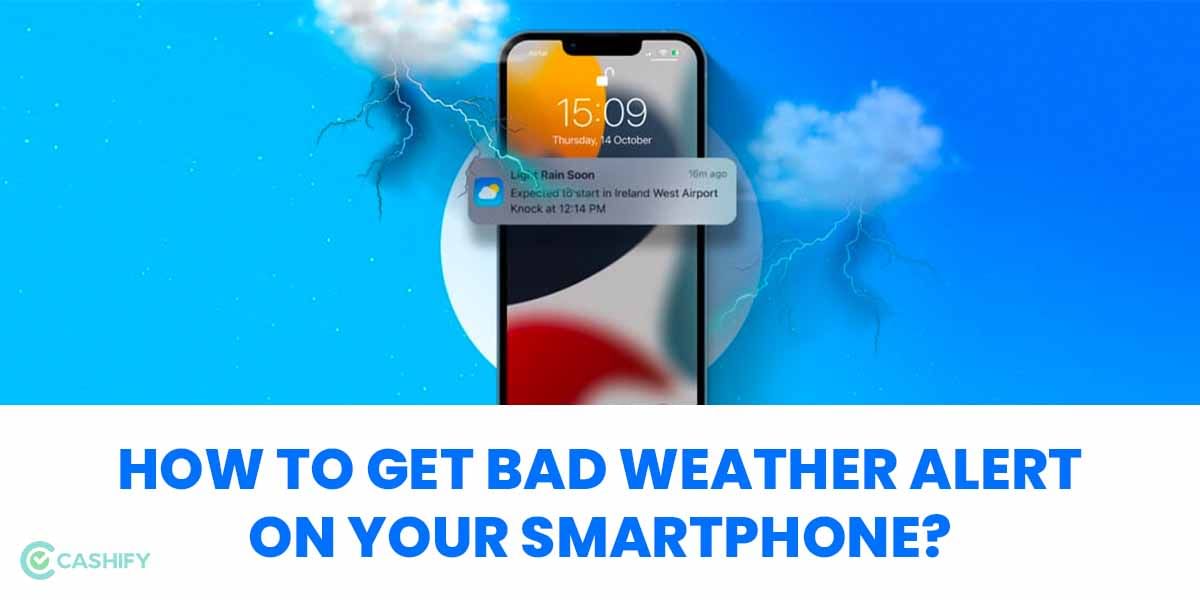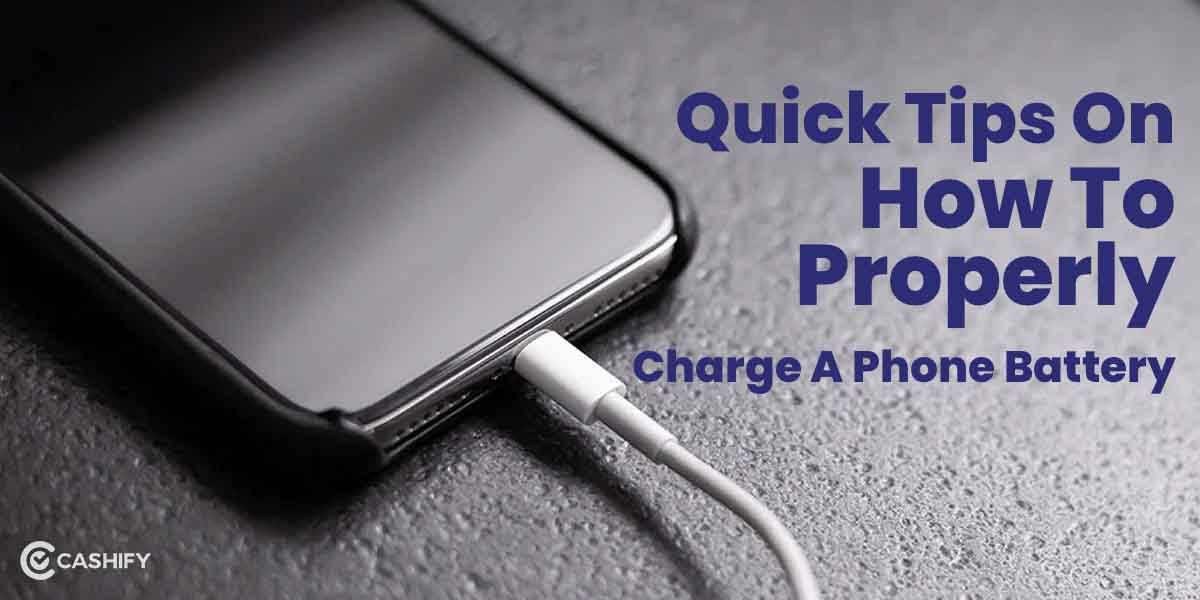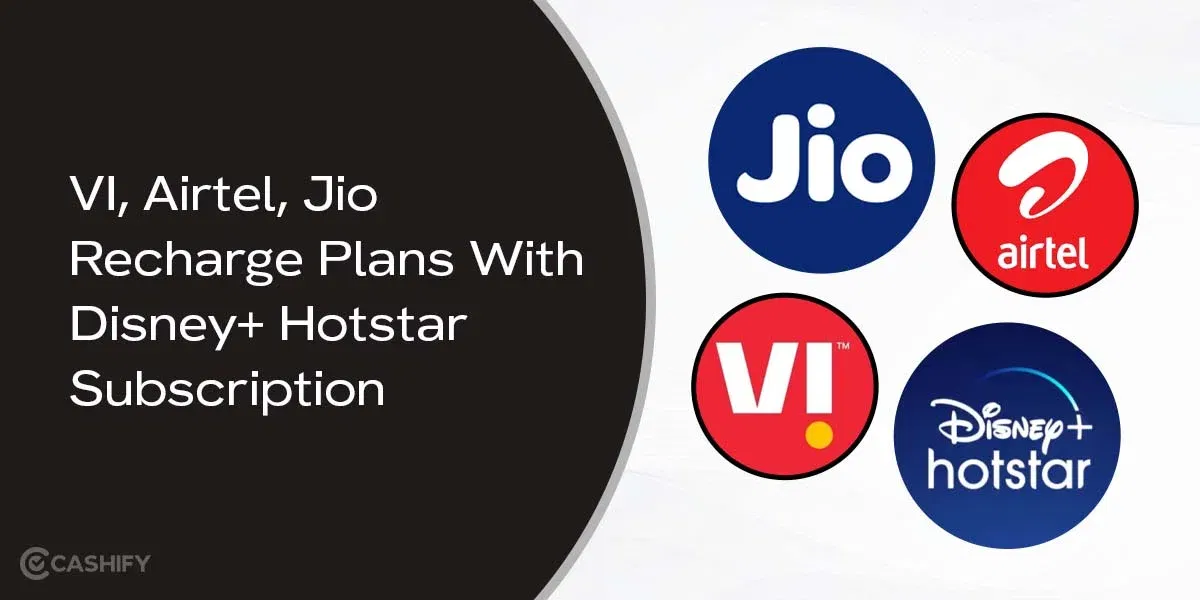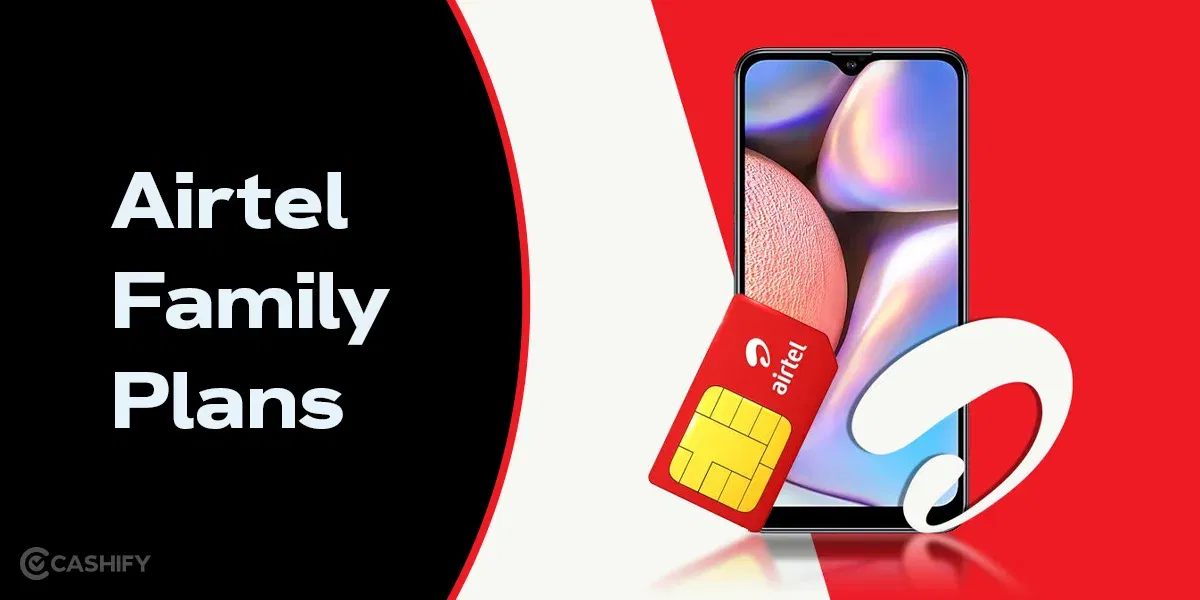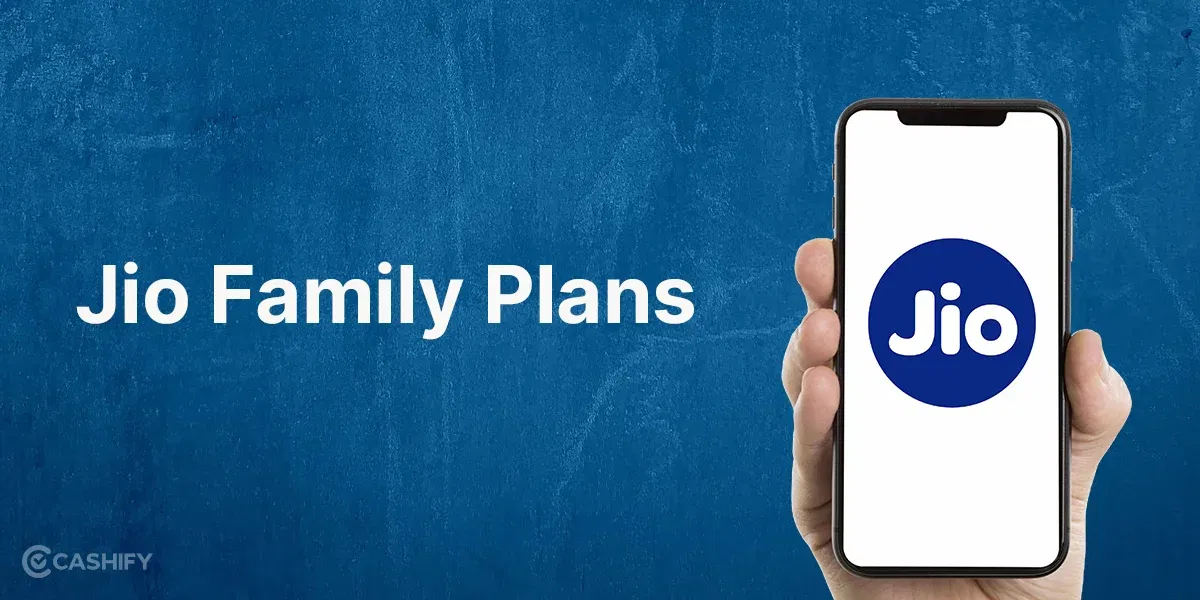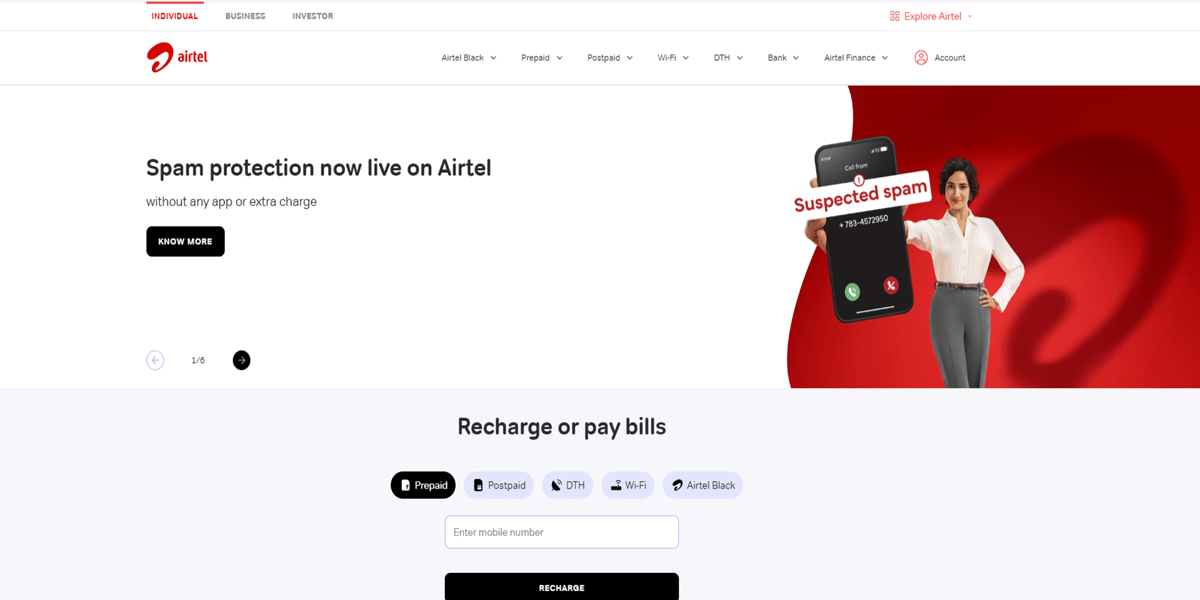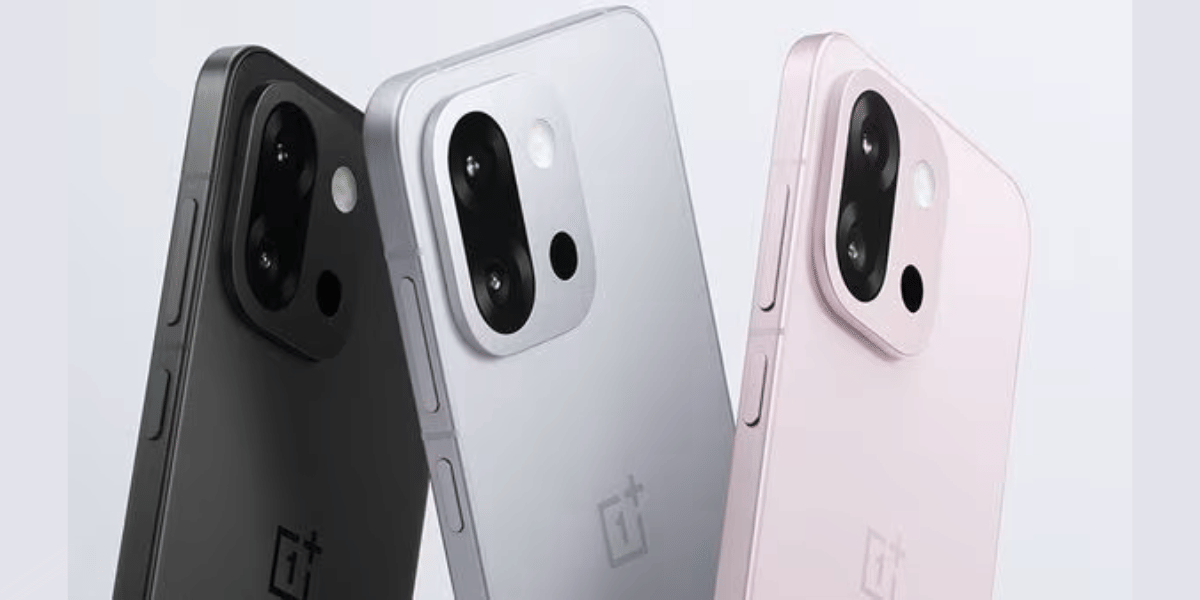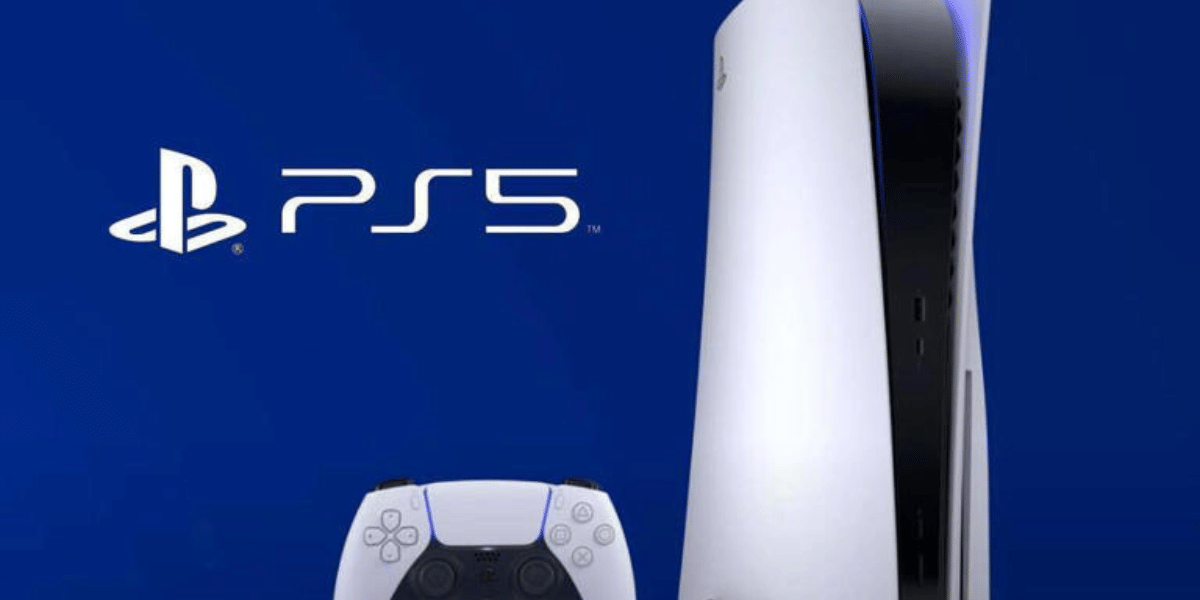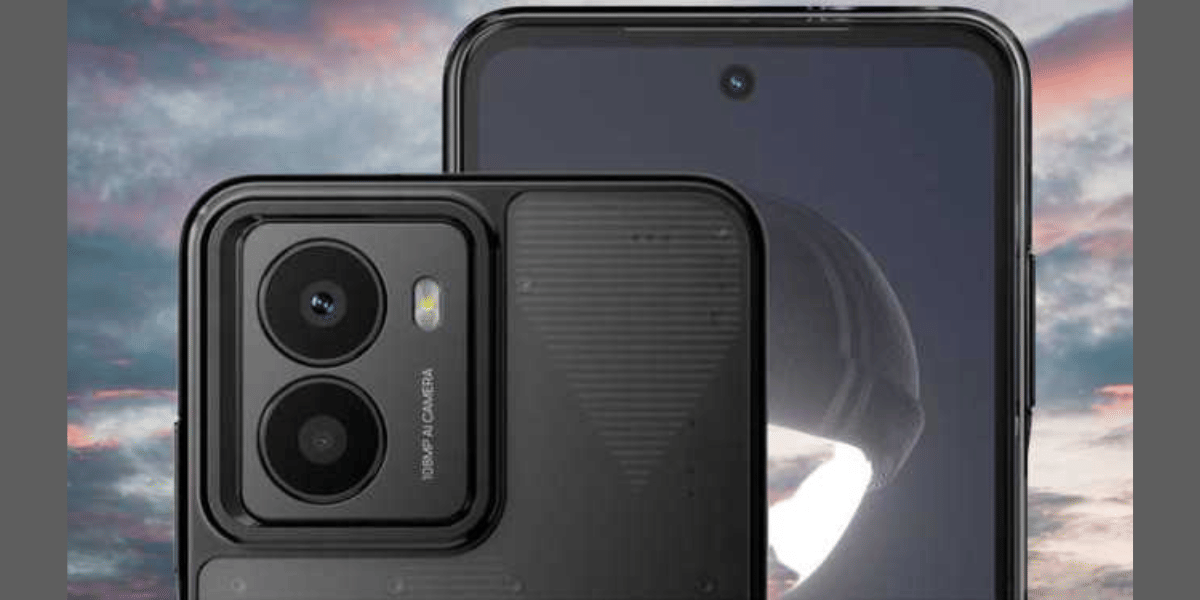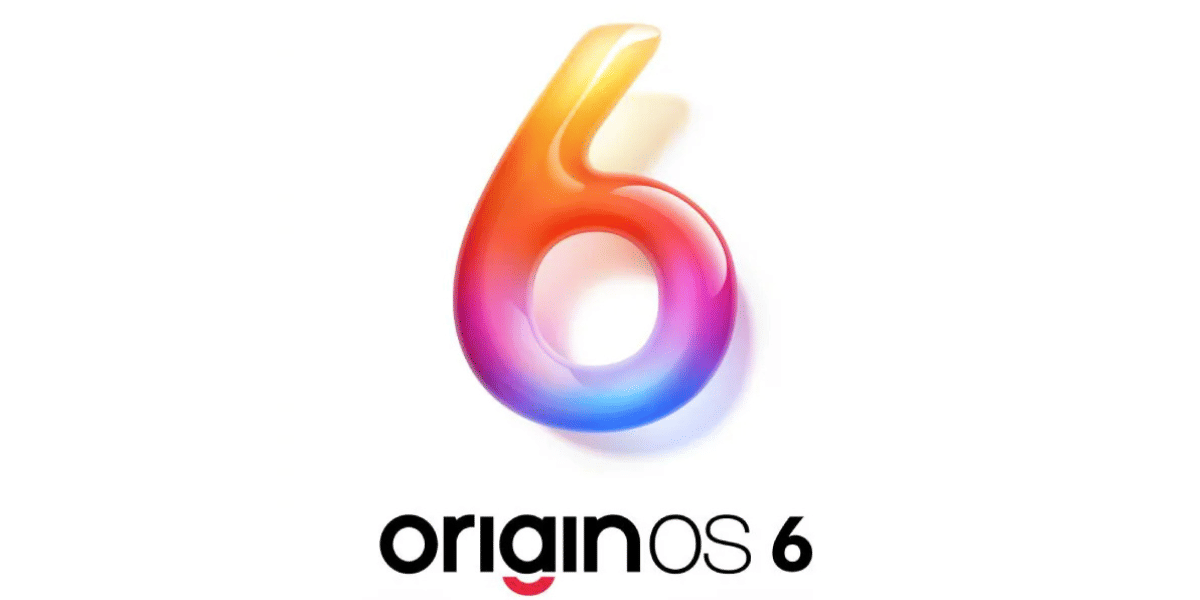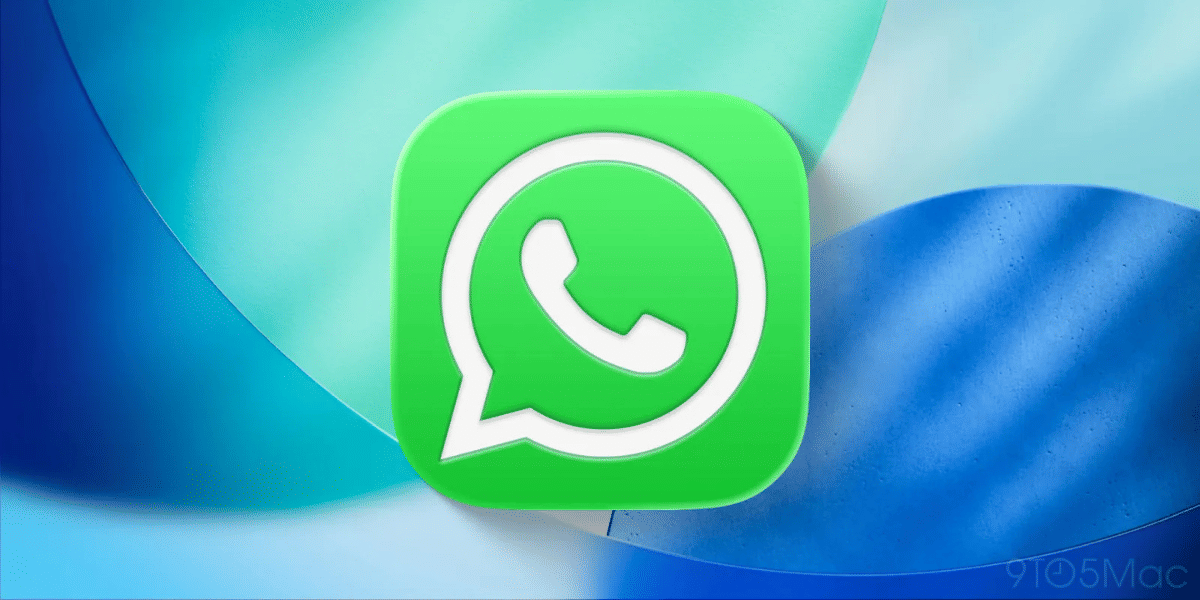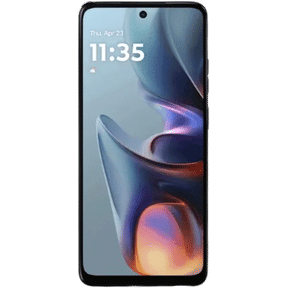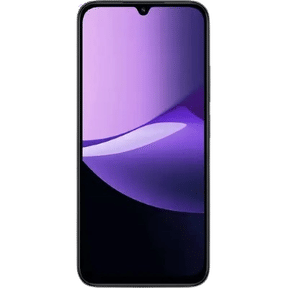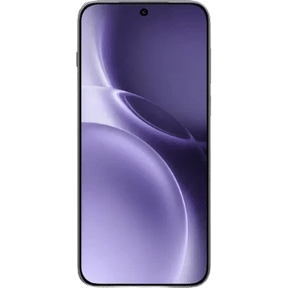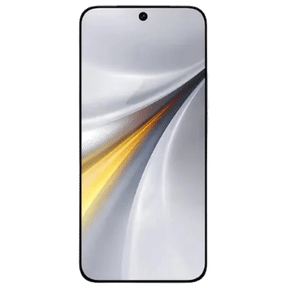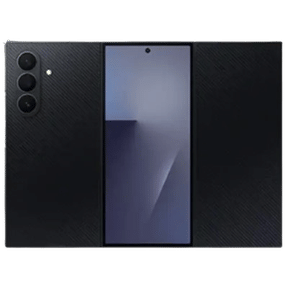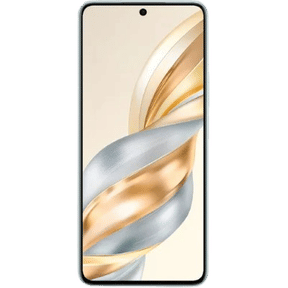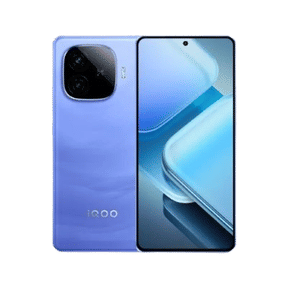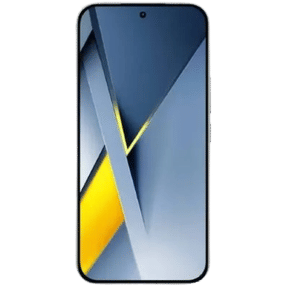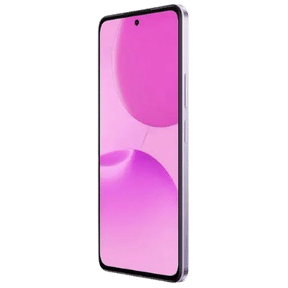Though widgets were initial part of Android devices, it has started becoming one of the most useful applications of the iPhone too. To understand how to use widgets on iPhone, we dedicate an article to understand its working and minor detailing in depth.
Widgets on the home screen suggest the list of applications that perform a particular set of functions. On the home screen, the widgets keep flashing the select data of applications that you add as a part of it. The widgets were added as a part of iOS 8 and later versions.
Also Read: We Ranked The Best VPN for PC, Mac, iOS, and Android
Widgets were earlier famous in Android as they acted as a mini-application package to get updates. For example, you can add calendars, alarms, WhatsApp messages, etc. So once you start using the widget, you can view the dates, alarms, and other notifications/reminders from the apps you added as a part of the widget on the home screen.
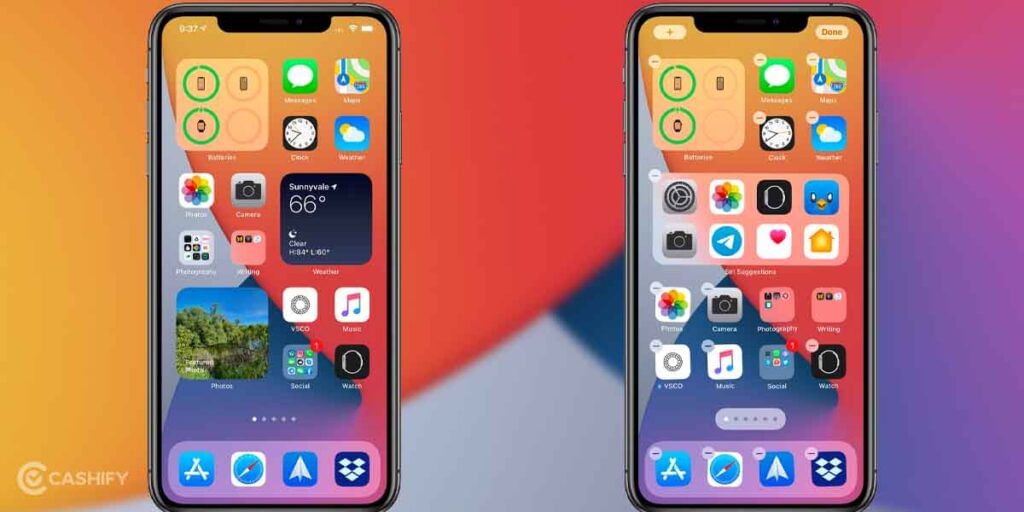
Before delving deep into how to use widgets on the iPhone home screen, it is necessary to understand the benefits it provides to the user. First and foremost, it saves a lot of time by simply reducing the entire process of actually going to the application to fetch a set of data.
You don’t actually have to go to the calendars to see the upcoming event. Instead, it gets flashed on the widget present on the home screen. This makes accessing and handling notifications easier. Widgets can be added as a part of your home screen as well as a lock screen to keep the information from your favourite apps at your fingertips.
Also Read: We Ranked 6 Best Free Dating Apps For Indians
How to use widgets on iPhone?
Adding widget
The most integral part of how to use widgets on iPhone is first to understand adding and creating them on the home screen. In some of the versions, like iOS 12, the same can be achieved using Today’s View.
Here are the steps to start creating a widget-
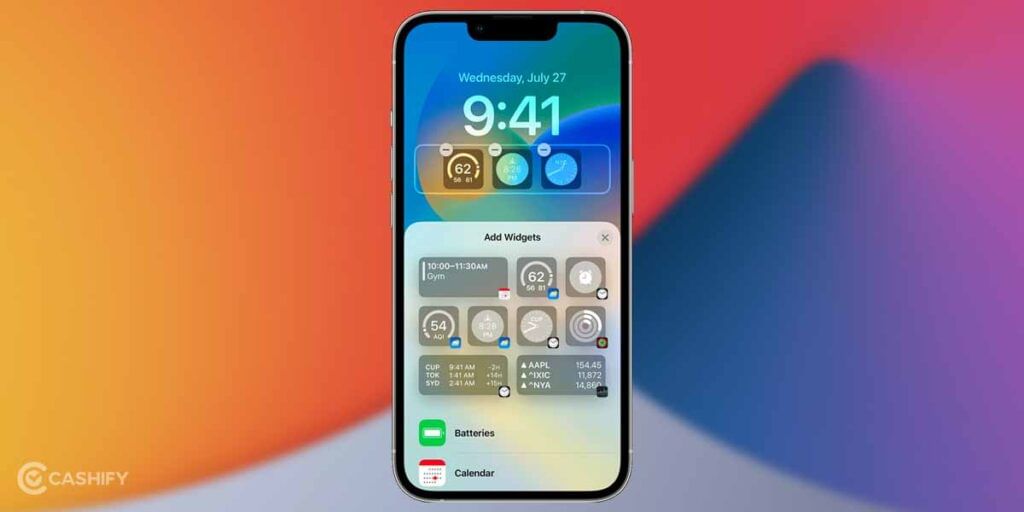
-Go to the Home Screen. Keep your fingers pressed on an empty area on the screen until the icons start jiggling.
– A ‘+’ icon would appear on the topmost left corner of the screen. Select that.
– On the Search bar, type the app you want to add a widget for. You can even select the sub-type from the app. Then, select Done. The widget is created on the screen now.
Widgets can be added as part of the lock screen if you have an iOS 16 on your phone.
-Long press on the lock screen of your iPhone until a Customise option appears.
– Select Customise here. You will get a popup dialogue box which mentions that you can add new wallpaper, add widgets, and also switch between the lock screens.
-Here, press Add New.
-Select the widget that you want to appear on the lock screen. Below this, you will get a list of the suggested widgets, from which you can choose the ones you like.
Editing and Viewing Widgets
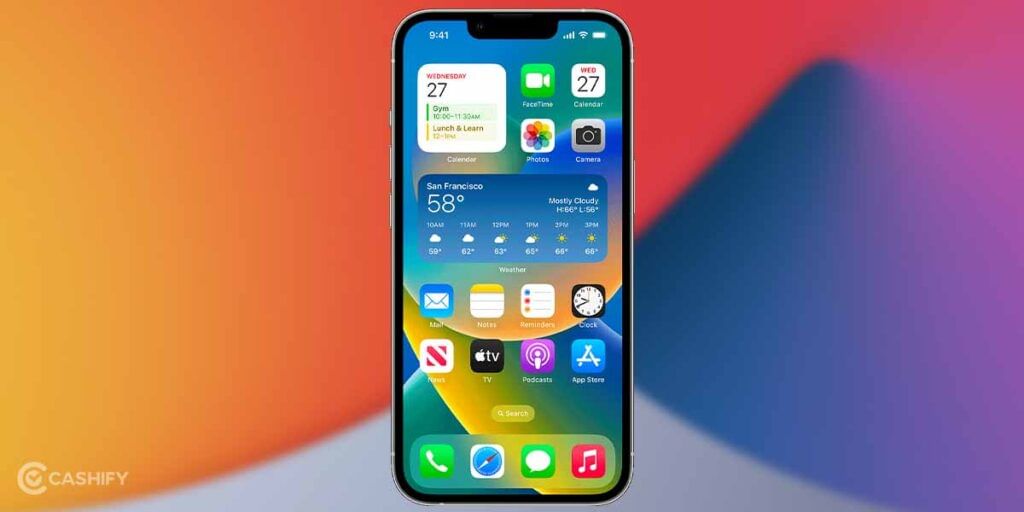
-You can change the fonts of date and time if you want to by long pressing on them respectively. Besides, if you want to edit it, hold the widget and select the Edit Widget option. From the actions menu, perform the task to be performed. Tap the screen outside the widget to save the final changes.
– Smart Stacks is another option to make a collection of widgets that can be accessed using down dots. Different items are displayed, and you can choose to Smart rotate it or not. With Smart rotate, different widgets keep getting displayed at different points in time without any manual intervention.
-To view your widget, you can swipe right on the left panel of the screen.
PS: You can add a maximum of four widgets in a screen if you are choosing the smaller-sized ones. If the message to remove the widget is shown, you will have to remove some to make room for new ones.
Also Read: 5 Best Mental Health Apps To Help You Deal With Stress
Removing a widget
By long-pressing a widget, you get a list of options. Select Remove Widget to remove the widget from the screen.
Final Words: How to use widgets on iPhone
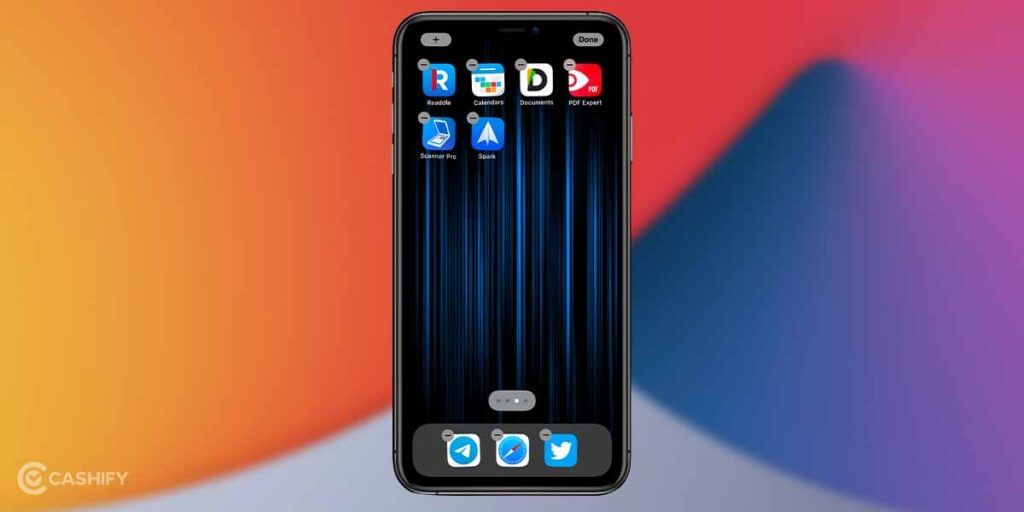
By the end of this article, you will have a fair idea of how to use widgets on iPhone. Creating or working widgets is fairly easy and helps us reduce many overlapping tasks like repeatedly going to the same app to view similar content repeatedly. Launched for the later versions of iOS, they are extremely helpful for new users who do not have much know-how of navigation on their device at the start. For a pro, who wants to have things at their fingertips on the go, this is again a powerful tool to access the content.
Also Read: 5 Best Instagram Reels Editing Apps That You Cannot Miss
Cashify lets you sell old mobile phone and sell old laptop. If you are looking forward to getting the best deal for your product, then Cashify is the right place for you.




